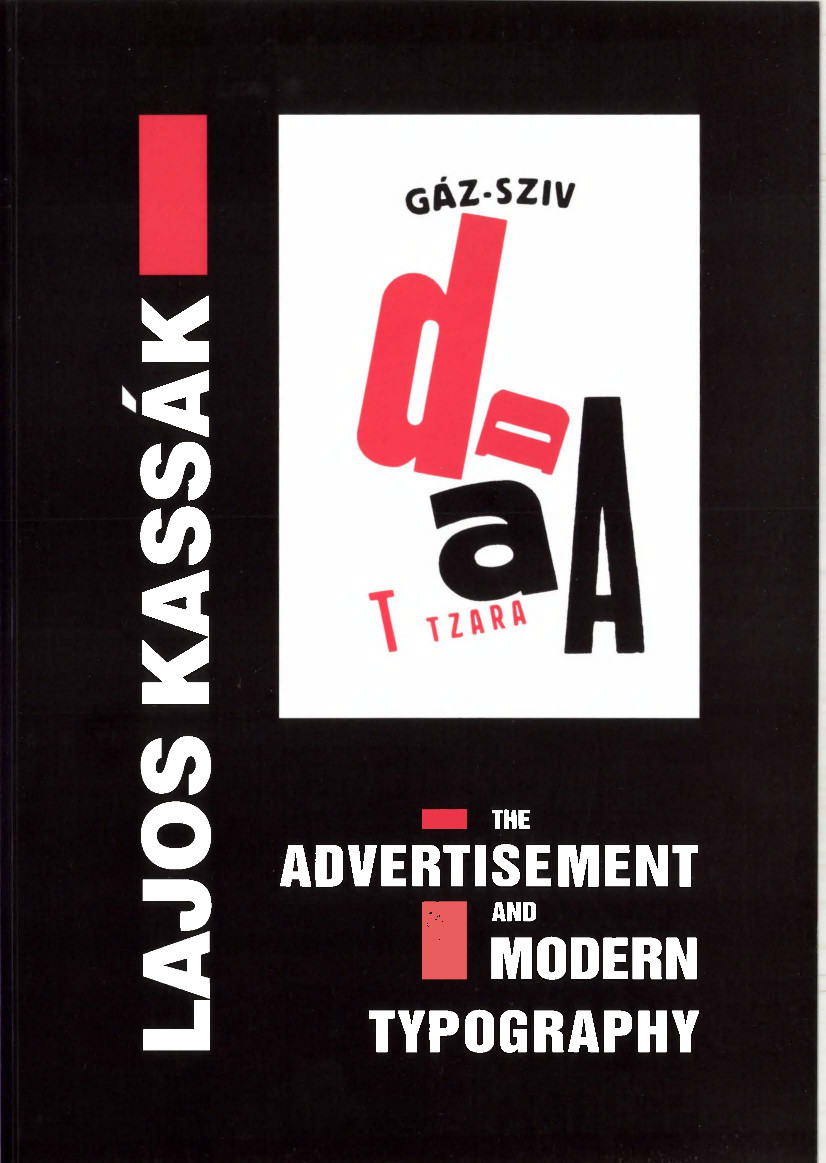Alfred H. Barr, Jr.: Cubism and Abstract Art: Painting, Sculpture, Constructions, Photography, Architecture, Industrial Art, Theatre, Films, Posters, Typography (1936)
Filed under book, catalogue | Tags: · abstract art, abstraction, architecture, art, art history, avant-garde, constructivism, cubism, dada, design, expressionism, fauvism, film, futurism, impressionism, painting, photography, sculpture, suprematism, surrealism, theatre, typography

The catalogue of the first MoMA’s retrospective of modernism, held 2 March-19 April 1936, laid the theoretical foundation of the museum. Its jacket contains a notorious chart of modernist art history, the Diagram of Stylistic Evolution from 1890 until 1935.
“The catalogue remains an important historical document (as does that for Fantastic Art, Dada, Surrealism). It set abstraction within a formalist framework that—ignoring the intellectual byways of French symbolism, German idealism, and Russian Marxism of the previous thirty years—was shaped by the scientific climate that had started a century before. … The exhibition together with the widespread dissemination of its influential catalogue, established Cubism as the central issue of early modernism, abstraction as the goal.” (Sybil Gordon Kantor, 2003)
The exhibition later traveled to another 7 cities: San Francisco, Cincinnati, Minneapolis, Cleveland, Baltimore, Providence, and Grand Rapids.
Publisher Museum of Modern Art, New York, 1936
249 pages
via MoMA
Commentary: Meyer Schapiro (Marxist Quarterly, 1937), Susan Noyes Platt (Art Journal, 1988), Astrit Schmidt Burkhardt (Word & Image, 2000).
Publisher (incl. master checklist and press releases)
WorldCat
PDF (47 MB)
Comment (1)Aleksei Gan: Constructivism (1922–) [RU, EN]
Filed under book | Tags: · aesthetics, avant-garde, constructivism, design

Through his co-founding with Varvara Stepanova and Alexander Rodchenko of the First Working Group of Constructivists (1921–4), and his publication of Constructivist principles in his book Konstruktivizm (1922), the Russian designer and art theorist Aleksei Gan played a leading role in the development of the Constructivist aesthetic. In his interpretation of Constructivism, which he saw as the creative counterpart to the socio-political tasks of the Revolution, Gan called for creative activity to be politicized to the maximum and for its artistic component to be minimized. His slogans included “we declare uncompromising war on art” and “death to art”, which he attempted to encapsulate in his designs for portable book kiosks, folding street stalls, exhibition posters and clothing, where the objects were reduced to the most simple and functional forms.
Konstruktivizm [Конструктивизм]
Publisher Tverskoe izdatel’stvo, Tver, Summer 1922
70 pages, 23.5 х 19.9 cm
Edition of 2000
via Andrey Kurilkin
Konstruktivizm (Russian, 1922, 23 MB)
Constructivism (English, trans. of extracts by John Bowlt, 1974)
More about Constructivism and Aleksei Gan.
Comment (1)Lajos Kassák: The Advertisement and Modern Typography (1999) [HU, DE, EN]
Filed under book | Tags: · advertising, avant-garde, book, design, typography

A collection of writings and works of the Hungarian avant-garde artist and writer Lajos Kassák (1887–1967).
Edited and with an Afterword by Ferenc Csaplár
Translated by Peter Pásztor
Publisher Kassák Museum, Budapest, 1999
ISBN 9630383780, 9789630383783
85 pages
Review: Moly.hu (HU).
Reklám és modern tipográfia (JPGs, PDF)
Reklame und moderne Typografie (JPGs, PDF)
The Advertisement and Modern Typography (JPGs, PDF)

